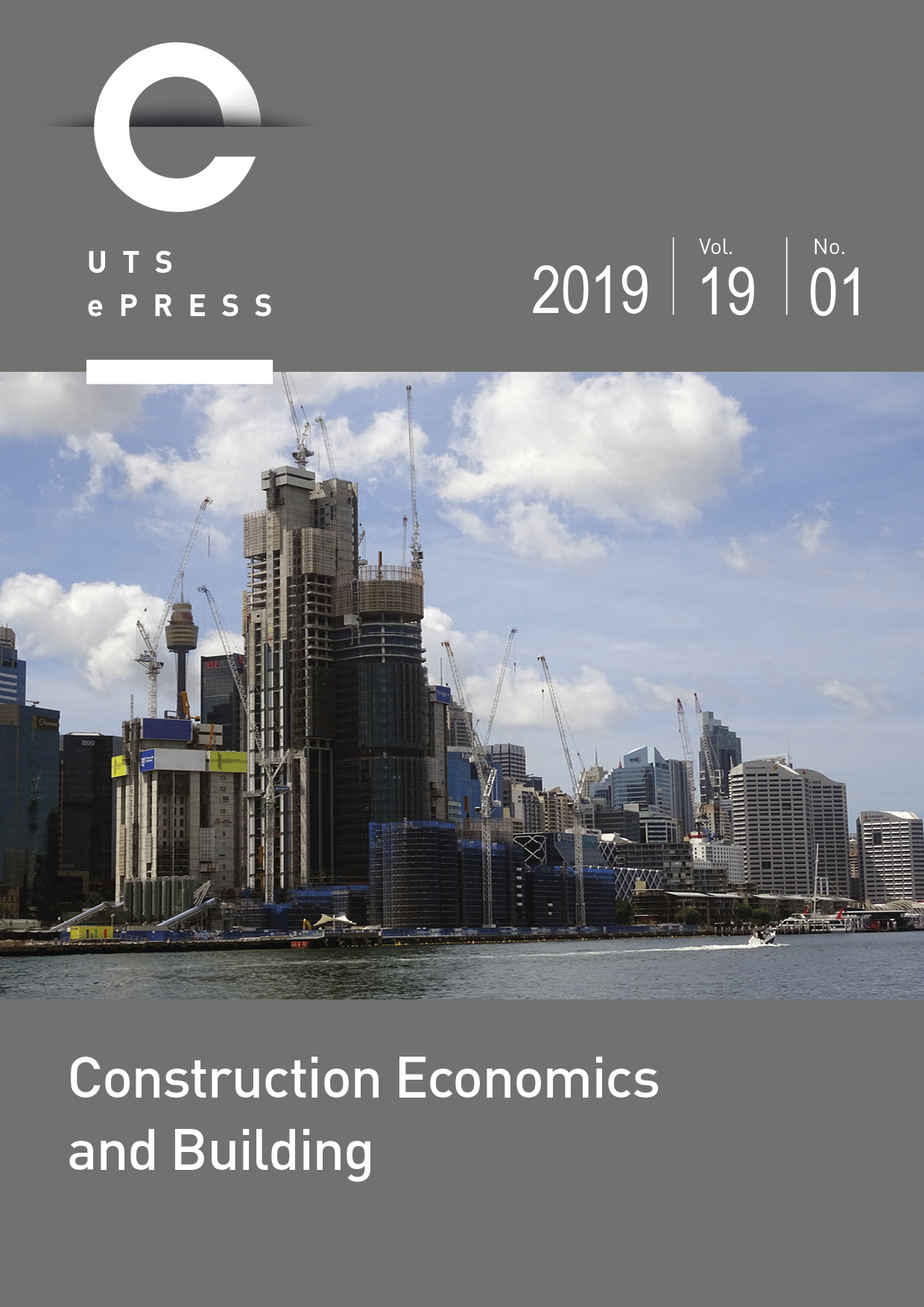Barriers and strategies for better safety practices: the case of construction SMEs in Malaysia
Main Article Content
Abstract
Despite the various efforts that have been made by the government and construction authorities to strengthen safety practices among SMEs in Malaysia, the construction SMEs are still unable to demonstrate good safety practices. As part of a wider intervention study to improve the safety practices of the SMEs, this study has taken the first step in identifying the barriers and strategies to improve the safety practices at construction sites in Malaysia. The study has been conducted using various approaches (workshops, site observation and questionnaire survey) that have enabled the triangulation of information. The findings highlighted that the main barriers to good safety practices are the implementation costs, poor safety culture and lack of safety commitment from the client. The proposed solutions include introducing safety as one of the construction KPIs, creating more safety-conscious culture and establishing a funding mechanism to support the cost of safety training. Subsequently, several recommendations have been provided by collating inputs based on the barriers, strategies and drivers through three-party collaboration (authorities, industry and academia) in creating a collaborative movement towards enhancing safety practices among the SMEs. The fresh insights from this study would enable authorities and SMEs to be more proactive, rather than reactive in improving safety practices in the construction industry.
Article Details
Section
Authors who publish with this journal agree to the following terms:
a) Authors retain copyright and grant the journal right of first publication with the work simultaneously licensed under a Creative Commons Attribution License that allows others to share and adapt the work with an acknowledgement of the work's authorship and initial publication in this journal.
b) Authors are able to enter into separate, additional contractual arrangements for the non-exclusive distribution of the journal's published version of the work (e.g., post it to an institutional repository or publish it in a book), with an acknowledgement of its initial publication in this journal.
c) Authors are permitted and encouraged to post their work online (e.g., in institutional repositories or on their website) prior to and during the submission process, as it can lead to productive exchanges, as well as earlier and greater citation of published work (See The Open Access Citation Advantage Service). Where authors include such a work in an institutional repository or on their website (ie. a copy of a work which has been published in a UTS ePRESS journal, or a pre-print or post-print version of that work), we request that they include a statement that acknowledges the UTS ePRESS publication including the name of the journal, the volume number and a web-link to the journal item.
d) Authors should be aware that the Creative Commons Attribution (CC-BY) License permits readers to share (copy and redistribute the work in any medium or format) and adapt (remix, transform, and build upon the work) for any purpose, even commercially, provided they also give appropriate credit to the work, provide a link to the license, and indicate if changes were made. They may do these things in any reasonable manner, but not in any way that suggests you or your publisher endorses their use.
